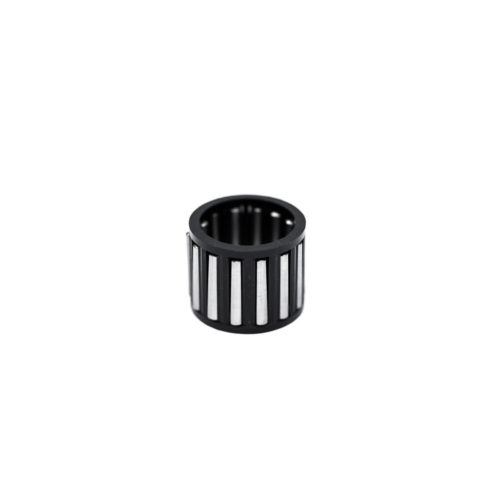Ball bearings and roller bearings are two different types of bearings that are commonly used in various mechanical applications.
Here are the main differences between ball bearings and roller bearings:
Shape: The main difference between ball bearings and roller bearings is their shape. Ball bearings have spherical balls as their rolling elements, while roller bearings have cylindrical or tapered rollers.
Load capacity: Roller bearings have a higher load capacity than ball bearings due to their larger contact area. Roller bearings can handle radial loads (loads perpendicular to the shaft) and axial loads (loads parallel to the shaft) more efficiently than ball bearings.
Friction and speed: Ball bearings have lower friction and can operate at higher speeds than roller bearings due to the reduced contact area between the balls and the races. Roller bearings, on the other hand, have higher friction and are more suited for low-speed, high-load applications.
Cost: Ball bearings are generally less expensive than roller bearings due to their simpler design and manufacturing process.
Noise and vibration: Roller bearings produce more noise and vibration than ball bearings due to their larger contact area and higher friction.
Durability: Roller bearings are generally more durable than ball bearings due to their ability to handle higher loads and resist wear and tear.
Overall, the choice between ball bearings and roller bearings depends on the specific application and the requirements of the machine or system. Needle Roller Bearings manufacturers Factors such as load capacity, speed, friction, cost, and durability should be considered when selecting the appropriate type of bearing.
How can I determine the load capacity required for my specific application?
Determining the load capacity required for a specific application is an important step in selecting the appropriate type of bearing.
Here are some steps you can follow to determine the load capacity required for your specific application:
Identify the load: Determine the type of load that the bearing will be subjected to, such as radial load, axial load, or a combination of both.
Calculate the load: Calculate the maximum load that the bearing will need to support. This can be done by considering factors such as the weight of the machine, the forces generated during operation, and any external forces that may be applied.
Determine the load distribution: Determine how the load will be distributed across the bearing. This can be done by considering factors such as the position of the load relative to the bearing, the direction of the load, and any variations in the load distribution over time.
Consider the safety factor: Apply a safety factor to the calculated load to ensure that the bearing is not overloaded. The safety factor is typically between 1.5 and 3, depending on the application.
Consult bearing manufacturer’s documentation: Consult the bearing manufacturer’s documentation for load capacity ratings for their bearings and compare the calculated load to these ratings.
Perform testing: If necessary, perform testing to confirm the load capacity required for the specific application. This can be done by using a load cell or other measuring device to measure the actual loads that the bearing is subjected to during operation.
By following these steps, you can determine the load capacity required for your specific application and select the appropriate type of bearing to ensure reliable and efficient operation.
